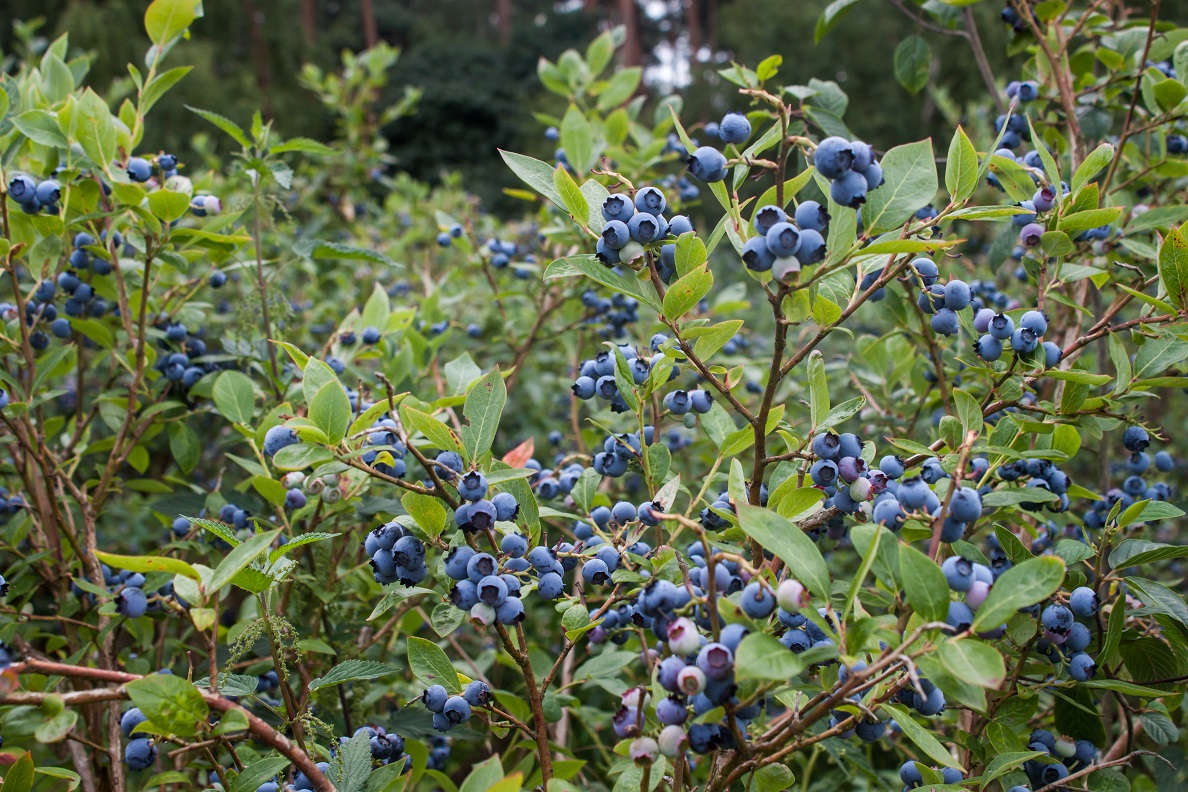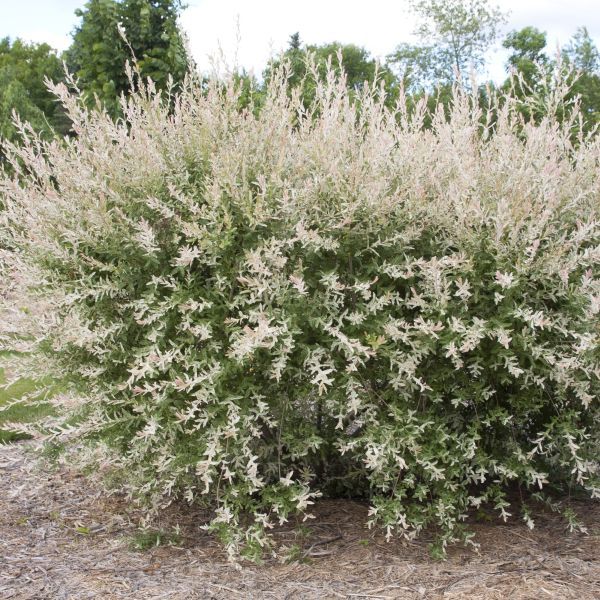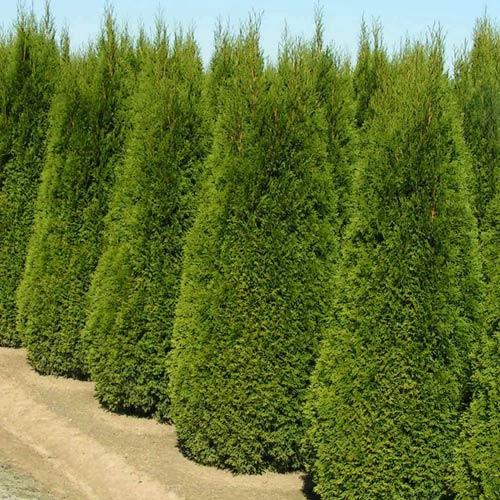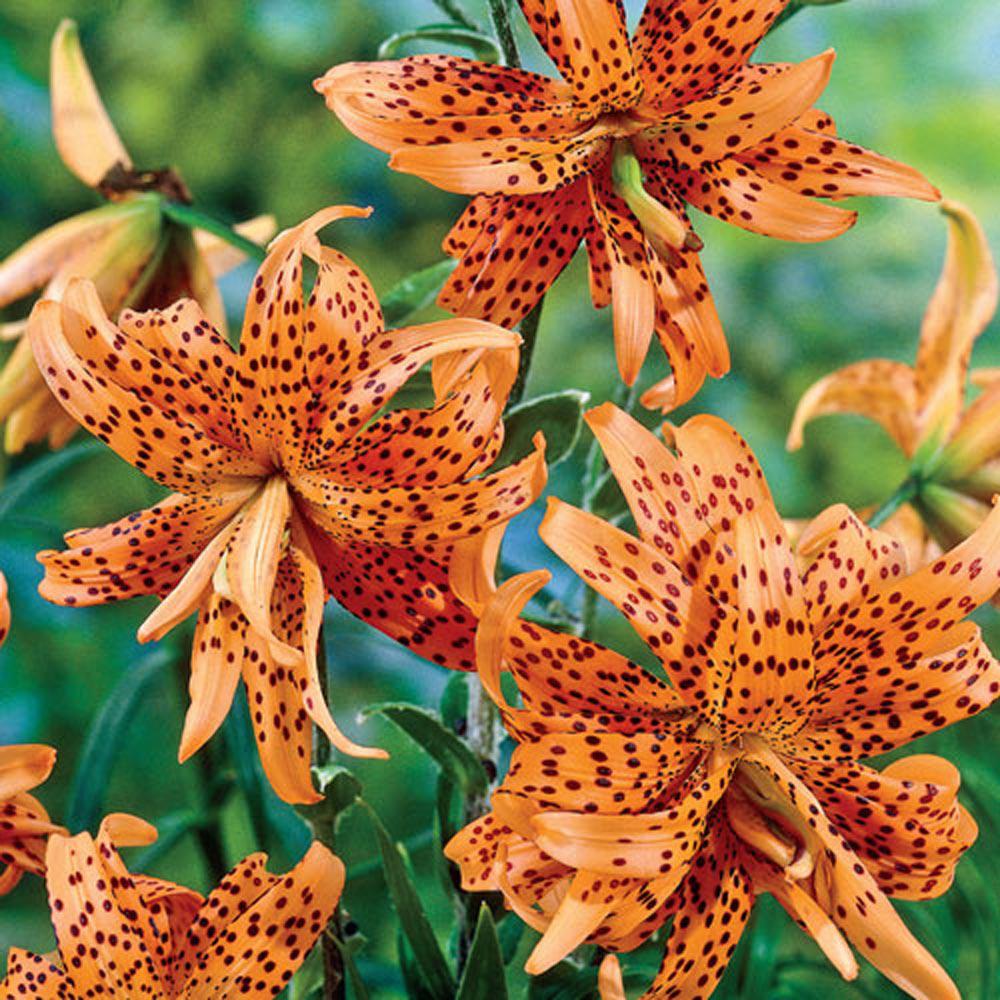Vaccinium corymbosum, commonly known as the Northern Highbush Blueberry, is a species of blueberry found across the Eastern United States and Canada. For centuries, the highbush blueberry has been cultivated by Native Americans. The shrub grows around 6 to 12 feet tall and wide, and are often found in dense clusters. The Highbush Blueberry performs best in sunny environments with well drained soil. The bush only grows in extremely acidic soil, as it is adapted to grow in bogs and swamps. While it is a particular plant, a successful blueberry bush is a wonderful addition to your yard. In addition to its beauty, the berries taste wonderful and can be used for a multitude of purposes.
To have the Northern Highbush Blueberrry included in your landscape installation for the spring, give us a call today at (585) 381-9000 or request an estimate online today!











